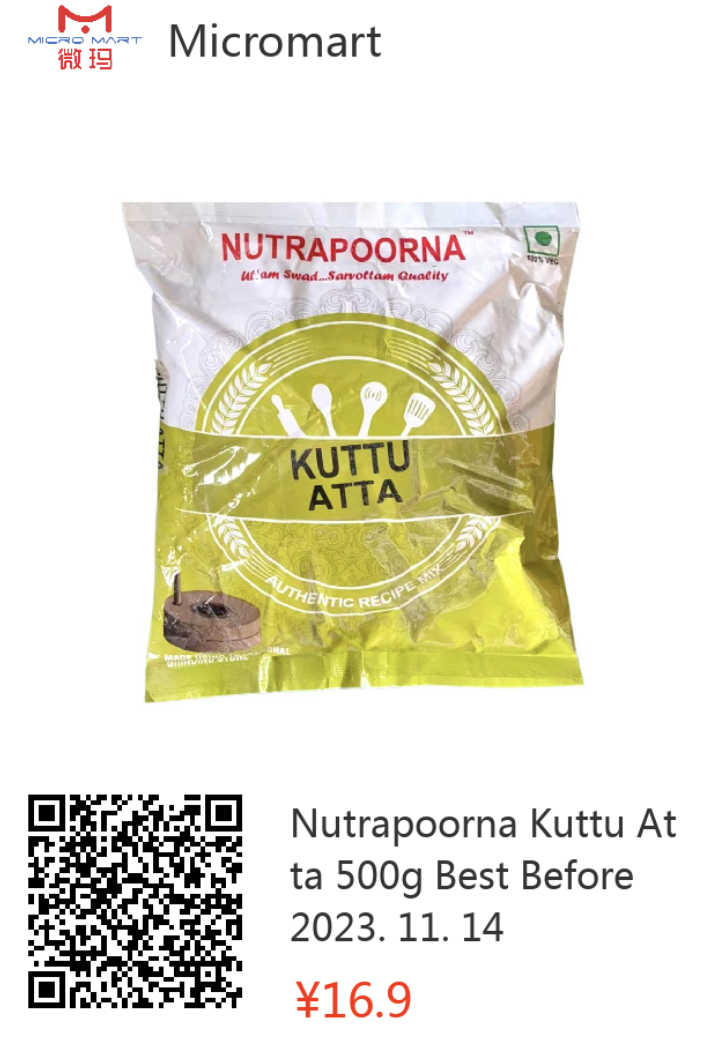Background of Millets
Millets are one of the oldest foods, these are the small-seeded hardy crops which can grow well in dry zones or rain-fed areas under marginal conditions of soil fertility and moisture. Millets are cultivated in low-fertile land, tribal and rain-fed and mountainous areas. These areas include Haryana, Uttar Pradesh, Chhattisgarh, Gujarat, Rajasthan, Madhya Pradesh, Maharashtra, Andhra Pradesh, Karnataka, Tamil Nadu and Telangana.
Due to their short growing season, millets can develop from seeds to ready to harvest crops in just about 65 days. This highly beneficial characteristic of the millets is of vital importance in thickly populated regions of the world. If stored properly, millets can keep well for two years or beyond.
Millets can not only grow in poor climatic or soil conditions and provide nutritious grain as well as fodder, but these can also very well fit into multiple cropping systems under irrigation as well as dryland farming due to their short growing season.
Importance of Millets
According to the Ministry of Agriculture & Farmers Welfare, in 2016 – 2017, the area under the cultivation of millet declined with 60% less coverage area (to 14.72 million hectares) due to change in consumption pattern, conversion of irrigated area for wheat and rice cultivation, unavailability of millets, low yield, dietary habits, less demand. This resulted in fall in the level of nutrients like vitamin-A, protein, iron and iodine in women and children leading to malnutrition.
With regard to the Global Hunger Index – GHI, India ranks 64 among the 81 nations. It occupies second place in child malnutrition highlighting the poor plight of our country. This scenario persists when the Public Distribution System and Targeted PDS are working for nearly five decades. The reason is that the focus has been only on wheat and rice distribution while the millets have long been disregarded.
Among the food crops, millets occupy a relatively lower position in Indian agriculture, though they are really important from the point of food security at the regional and household level. Bearing this in mind, below given are points that highlight the importance of millets.
Most of the millets are non-acid forming, non-glutinous, highly nutritious, and easily digestible foods. Due to low glycaemic index (GI) being gluten-free, it helps in a slower release of glucose over a longer period of time thus reducing the risk of diabetes mellitus. Individuals suffering from celiac disease can easily incorporate various millets in their diets.
Millets are rich sources of minerals like calcium, iron, zinc, phosphorus, magnesium, and potassium. It also contains appreciable amounts of dietary fibre and vitamins such as folic acid, vitamin B6, β- Carotene, and niacin. The availability of high amounts of lecithin is useful for strengthening the nervous system. Therefore, regular consumption of millets can help to overcome malnutrition.
Although Millets are rich in phytochemicals like tannins, phytosterols, polyphenols and antioxidants, they do contain some anti-nutritional factors which can be reduced by certain processing treatments.
Therefore, to ensure food and nutrition security for our country, it is important to increase the production of these crops and simultaneously revert the control of production, distribution and consumption back to the people.
Types of Millets in India
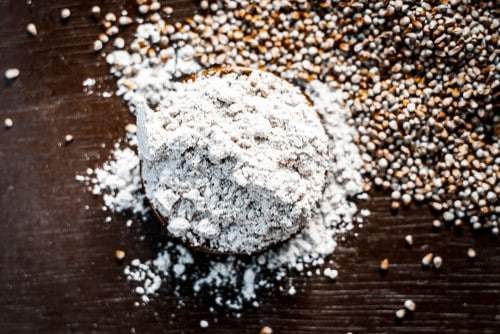
Bajra Flour is made by grinding the Bajra (pearl millet) grains. It is grayish ini colour and has nutty flavor. Bajra flour is an excellent source of iron, protein, folic acid and fibre that keeps com complex ailments like anemia, constipation, obesity in check and flushes out all toxins. Bajra grains are gluten free hence, bajra flour doesn’t stick together well. Also, they release energy slowly because of the complex carbohydrates. They are an ideal food for weight-loss diet because, they take time to digest and make one feel fuller.
Health Benefits of Bajra Flour
Aids weight loss
Bajra is composed of complex carbs which are slowly absorbed by the body. This makes you feel satiated and prevents overeating. The portion control reduces the risk of weight gain.
Manages diabetes
Bajra is good for diabetics. You see, bajra is high in fibre and gets digested slowly. There’s no sudden spike in glucose levels. Hence, it is perfect to keep blood sugar levels in check. Moreover, bajra is also a good source of magnesium which is linked to lowering the risk of diabetes.
Keeps the heart healthy
Bajra is rich in omega-3 fats, magnesium, potassium, fibre, and other nutrients that help lower blood pressure. Magnesium, known for lowering blood pressure, reduces the risk of any heart attack or stroke. In addition, potassium is a good vasodilator that helps in maintaining optimum blood pressure.
It is gluten-free
Bajra is a boon for people who are allergic to gluten or follow a gluten-free diet. So, it is always a good idea to use bajra as an alternative to the regular wheat flour.
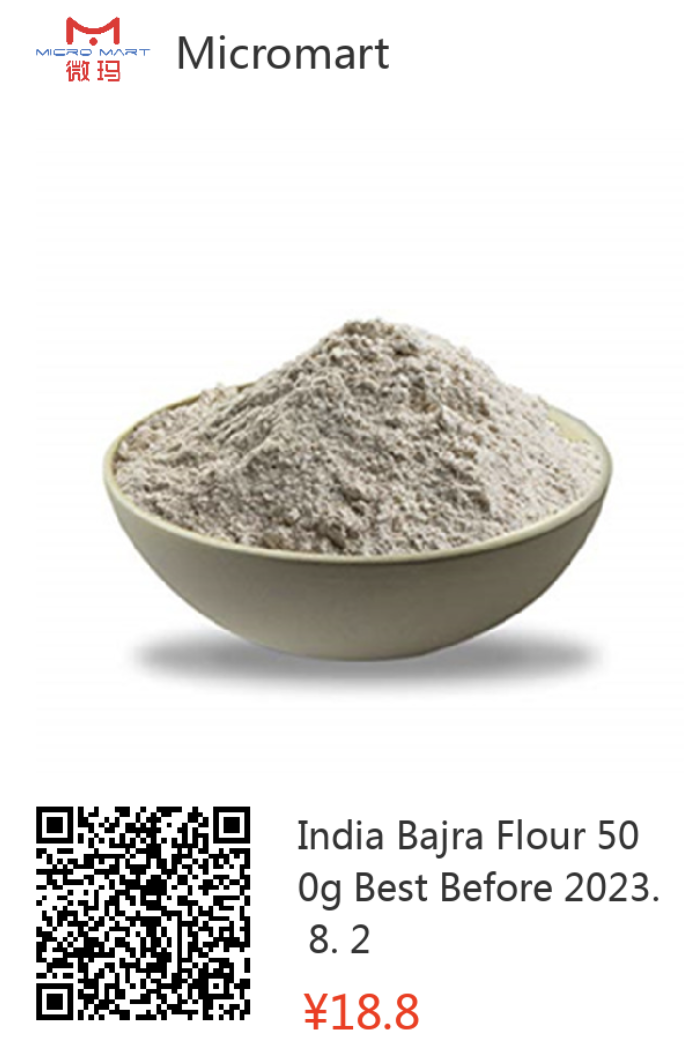
Click to see the product!

Click to see the product!
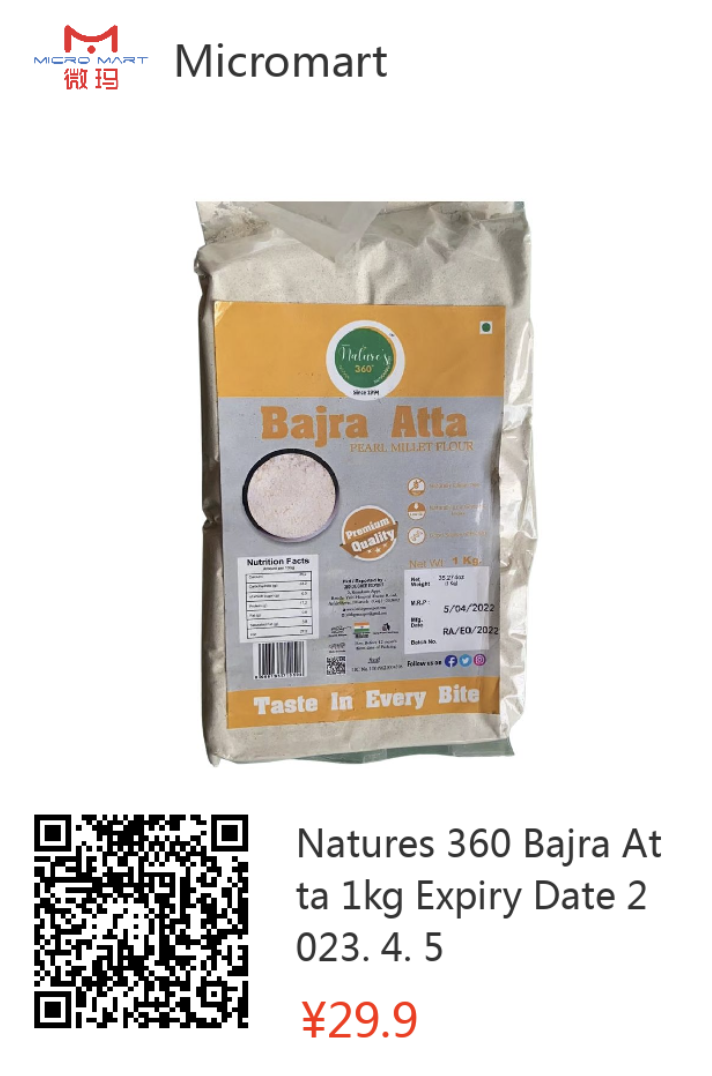
Click to see the product!
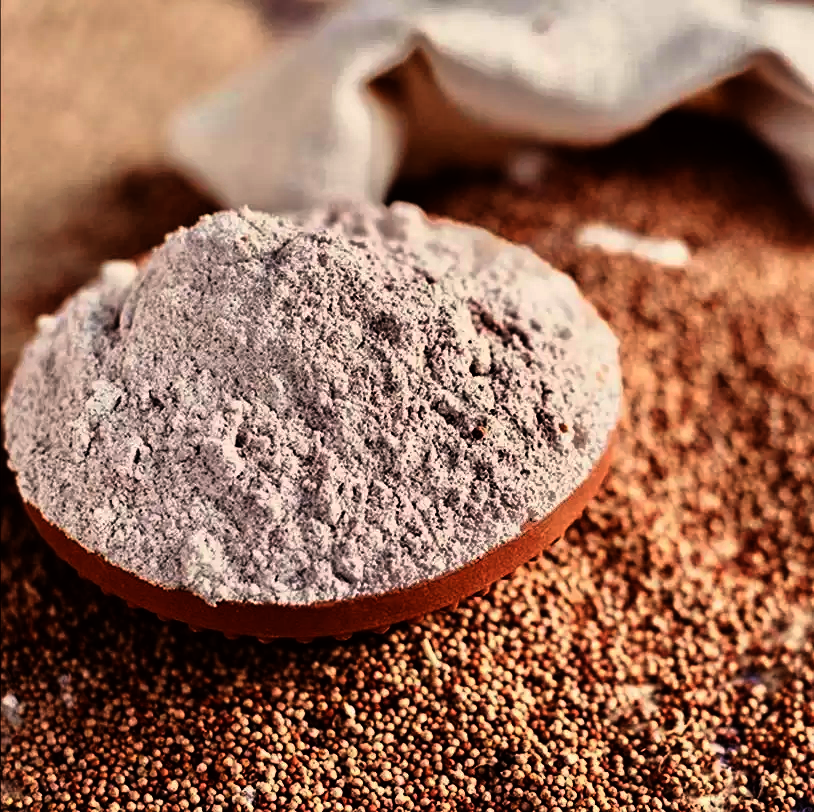
Ragi is one such super grain that has recently made a comeback. It is a hardy crop that can grow in high altitudes and withstand harsh weather conditions, making it perfectly suited for the Indian climatic conditions. Popularly known as Finger Millet or Nachni in North India, the grain actually originated in Africa and has been cultivated in Uganda and Ethiopia since many years.
Dr. Ritika Samaddar, Dietitian at Max Hospital in New Delhi, agrees "Because of its high nutritional value, Ragi can be placed at the pinnacle of food grains. The cereal is gluten-free and highly suitable for those who are gluten or lactose intolerant. Besides this, it can easily become a part of your daily diet in the form of chappatis or as porridge for breakfast." If you find it too dense, mix it with wheat flour in the ratio of 7:3 and make breads or bake with it. Some modern spins on finger millets include Ragi Cookies and Ragi Flakes (Noodles) that make for easy-to-cook and healthy snacks.
Health Benefits of Ragi Flour
Loaded with Calcium
Ragi flour is one of the best non-dairy sources of calcium when compared to any other grains. According to the National Institute of Nutrition in India, 100 grams of Ragi contains 344 mg calcium. Calcium is critical for healthy bones and teeth and prevention of osteoporosis - a disease which weakens the bones.
Relaxes the Body
Regular consumption of Ragi is highly beneficial in dealing with conditions of anxiety, depression and insomnia.The presence of antioxidants, mainly Tryptophan and amino acids, helps as they work as natural relaxants.
Battles Anemia
Ragi is an excellent source of natural iron and thus a boon for anemic patients and also for those with low haemoglobin levels. Once ragi is allowed to sprout, the Vitamin C levels tend to increase and lead to easy absorption of iron into the bloodstream.
Reverts Skin Ageing
Ragi works wonders for maintaining young and youthful skin. Vital amino acids like Methionine and Lysine present in it make the skin tissues less prone to wrinkles and sagging.

Click to see the product!

Click to see the product!
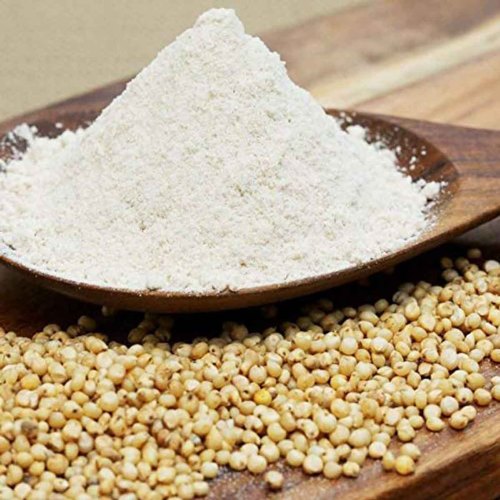 Jowar or sorghum is prized as a healthy alternative to refined flour or all-purpose flour, this fibre-rich millet is cultivated extensively in India. It is a flowering plant belonging to the grass family Poaceae, and it is cultivated globally -Australia, Africa, Asia and Central America. It was a part of a regular meal plan for human for more than 5000 years across the globe through civilizations.
Jowar or sorghum is prized as a healthy alternative to refined flour or all-purpose flour, this fibre-rich millet is cultivated extensively in India. It is a flowering plant belonging to the grass family Poaceae, and it is cultivated globally -Australia, Africa, Asia and Central America. It was a part of a regular meal plan for human for more than 5000 years across the globe through civilizations.
Sorghum bicolour a common species of jowar, native to Africa is an important cereal crop, used mainly for food, animal fodder, making of alcoholic beverages and biofuels. Jowar is a drought and heat-resistant plant which grows in an arid and dry region and forms the staple grain for poor and rural people.
Health Benefits of Jowar Flour
Rich in Fiber
Compared to other cereal grains like barley or rice, jowar contains a much higher concentration of fibre. A single serving contains over 12 grams, which is almost half the recommended daily intake for fibre. A high-fibre diet lowers the risk of obesity, stroke, high blood pressure, cardiac disease, diabetes, and digestive problems.
Controls Blood Sugar Levels
Jowar is a complex carbohydrate that digests slowly. As a result, it leads to stable blood sugar levels. Hence, it is a great diet choice for diabetics and people who want to lose weight.
High Protein
100 grams of Jowar provides 11 grams of protein, which supplies the body with energy and aids in cell regeneration.
Boosts Circulation
Iron and copper are two essential minerals found in Jowar. These minerals come together to play a vital role in improving the body’s blood circulation. Iron is crucial to developing red blood cells in the body, while copper helps enhance iron absorption in the body. Thus, consuming the grain helps improve the development of red blood cells.
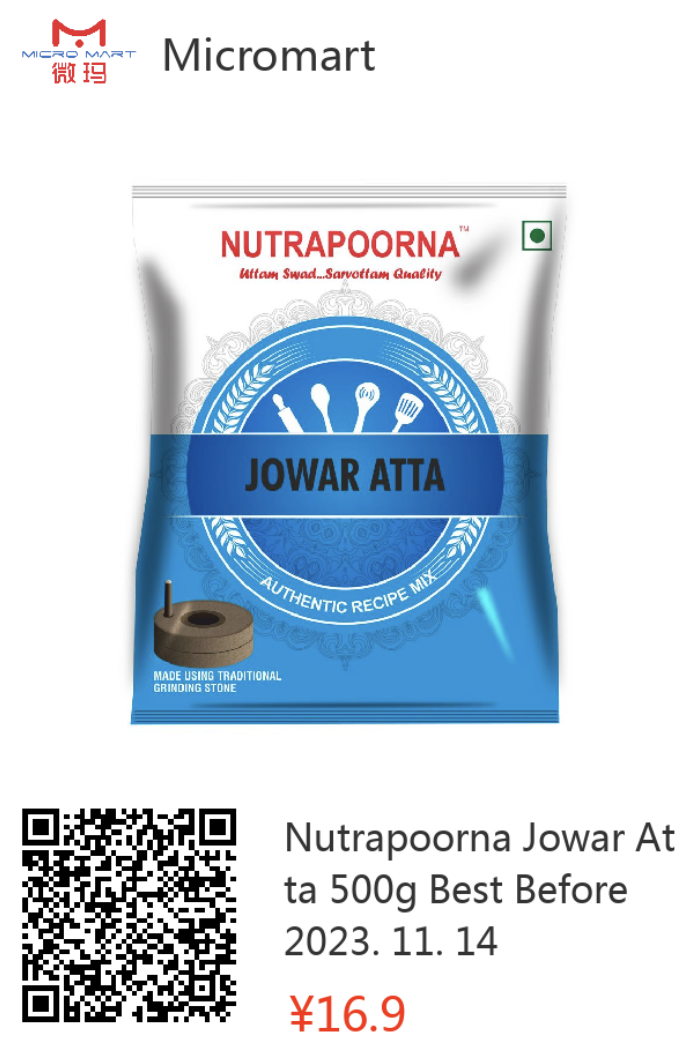
Click to see the product!
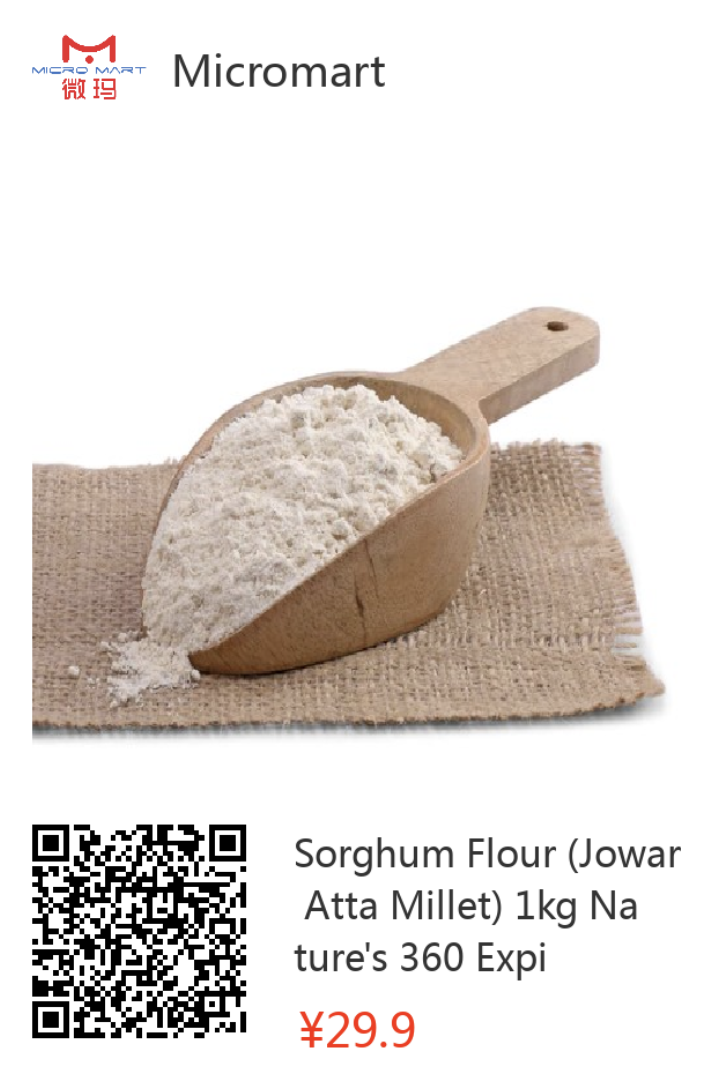
Click to see the product!













